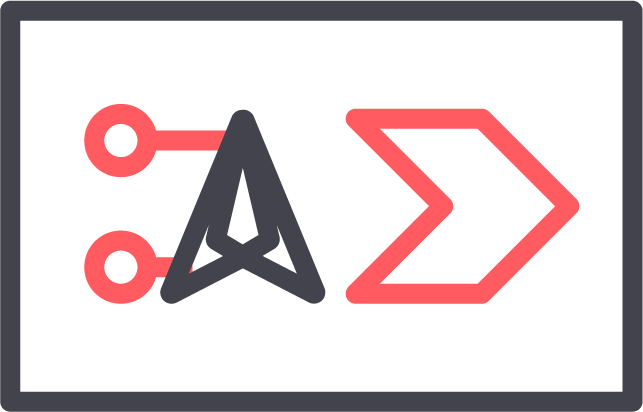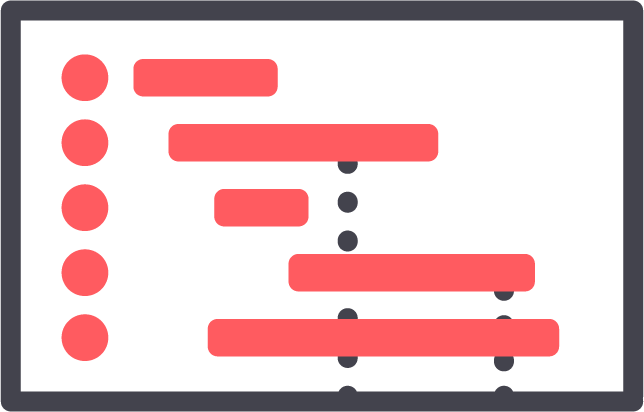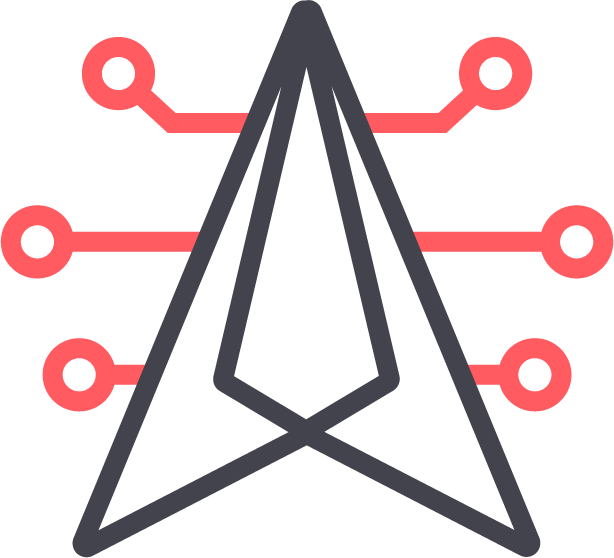Systems Implementation
Implementing or replacing your CRM, ERP or associated systems can be tricky, especially if you have not prepared in advance. Internal roles, responsibilities, process streamlining and governance all require preparation. Systems implementation is 80% process alignment and 20% technology. But companies usually ‘pass on’ the responsibility to a vendor and then there is a continuing back and forth between the customer and vendor leading to cost overruns and delays.
Our proprietary framework of implementation focuses on process streamlining as part of the systems implementation, we can either work with your chosen systems implementor, in house teams or bring our subcontractors for implementation.

SYSTEMS IMPLEMENTATION
Case Study – Back on Track!
The customer, in this case, is a fast growing B2B software firm acquiring 2-3 companies every year and integrating them. The company embarked on a ERP implementation project, but it ran into difficulties with the relationship souring between the customer, and the software vendor implementing the project. Shiker’s role was to act as a catalyst to bring the ERP implementation back on track, so that the customer and vendor teams the team will be able to take the outputs and ‘way of working’ to achieve success in the project.
The Objective:
Get the implementation Project ‘Back on Track’, assign Process Owners, drive to-be process design and prepare a plan to get to a go-live date for implementation of ERP.
Case Study – Back on Track!
Root Cause
Vendor cooperation
- Customer purchased the the ERP software which is an out of the box implementation and does not provide process consultancy. This was a mismatch of expectations between customer and vendor
- Vendor Project management engagement was lacking
Roles and responsibilities
- Within Customer team, there is a lack of maturity and experience of implementing ERP.
- Finance is still undergoing transformation, so responsibilities were still unclear
- Lack of alignment with vendor
Project management
- Lack of decision-making process
- Unclear action tracker between vendor and customer and within customer teams
- No clear and agreed milestones and project delivery timelines
To-be design process
- Unclear and disparate ‘as-is’ processes across countries
- Vendor way of working led to lack of clarity on to-be process design
- Missing details of best practice and handholding from vendor
Actions taken
Vendor cooperation
- Worked with Finance team to help them understand the way of working with vendor.
- Triggered personnel change at vendor project management
- Engaged with vendor PM for closer cooperation
Roles and responsibilities
- Shared best practice process maps and built team confidence to take decisions
- Detailed roles and responsibilities defined and assigned
- Regular cadence and reengagement with vendor set up
Project management
- Built workstream to drive better decision structure
- Built action lists which are shared across the customer and vendor teams
- Aligned timelines with streams and dependencies
- Defined milestones
To-be design process
- Aligned the end-to-end solution design
- To-be processes designed together with team
Outputs
Project Plan
- High level project plan set up and aligned for go-live
Project Governance
- Agreed governance, roles and responsibilities, workstreams and cadence
Process Maps
- P2P, R2R, O2C process design documents prepared
Action List
- Action list for internal activities shared on SharePoint.
Functional Integration
- A key point of discussion was O2C (Order to Cash), how to conceptualise where key activities like customer invoicing would happen for the 3 entities.
Process Owner Roles
- Roles were explained in detail so that the team members are able to take the responsibility








